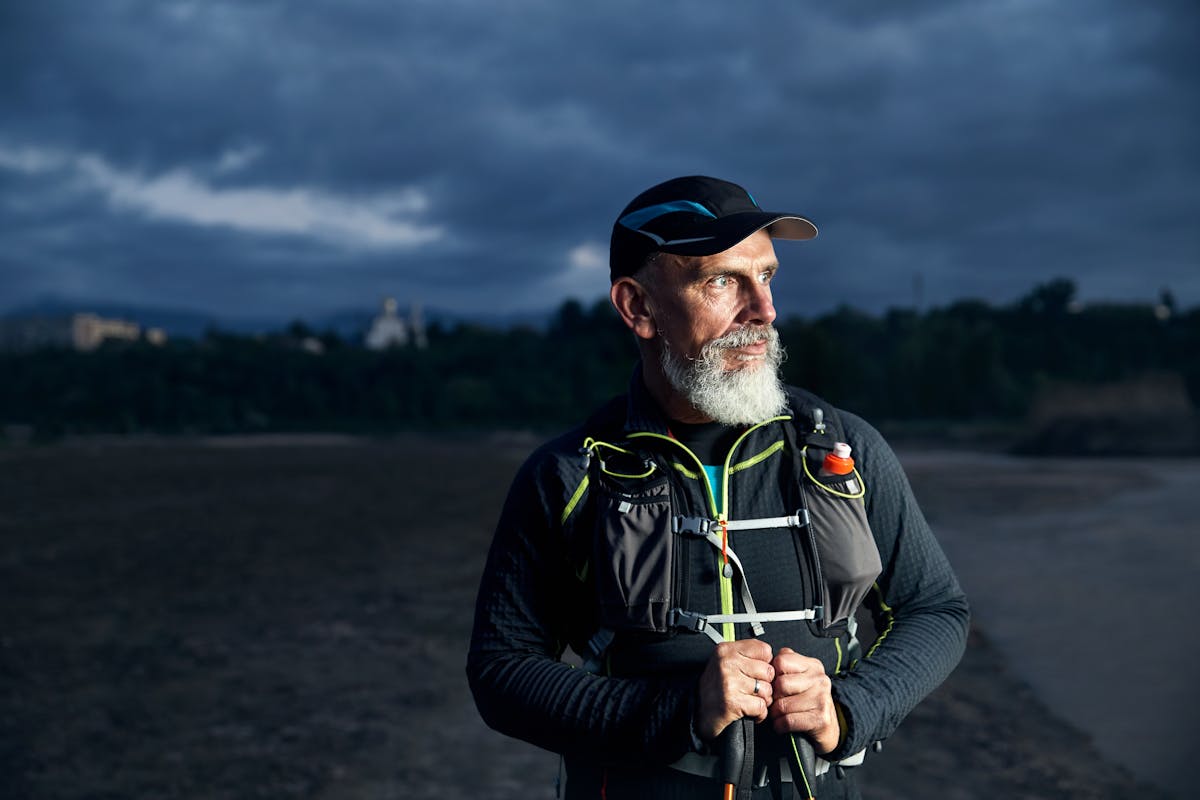How to Stay Safe When Running After Dark

Running after dark, especially during the winter months, presents unique challenges and safety concerns. As the daylight hours shrink and temperatures drop, it’s important to adapt your running routine to accommodate both. By taking the right precautions, you can enjoy a safe and rewarding run even when it’s dark and cold outside. From wearing the right gear to carrying safety devices that can easily connect you with help in an emergency, these tips can help runners prepare for winter.
Safety Tips for Runners to Consider This Winter
- Find a running club or buddy: One of the most effective ways to stay safe while running after dark is not to run alone. Having a running partner not only adds a layer of security but also makes the experience more enjoyable. When you run with others, you benefit from increased visibility and the assurance that help is nearby if needed. A running buddy can also provide moral support, which is especially valuable during those chilly winter months, when motivation can wane.
- Invest in proper footwear: Depending on where you live, running in the winter can involve dealing with slippery surfaces, such as ice and snow. Proper footwear is essential to reduce the risk of slips and falls. Ensure that your shoes are well-fitted and have adequate cushioning to handle the impact of running on hard, frozen surfaces, and consider investing in running shoes designed for winter conditions. These shoes typically feature more aggressive tread patterns and, in some cases, removable spikes for enhanced traction on icy surfaces. Additionally, wearing gaiters can help keep snow and debris out of your shoes.
- Dress appropriately: Proper winter clothing is crucial to maintaining comfort and safety as you run. Layering is key to managing your body temperature and protecting yourself from the elements. Start with a moisture-wicking base layer to keep sweat away from your skin. Over this, wear an insulating layer to retain body heat. Depending on weather conditions, you might want to add a wind- and water-resistant outer layer. Don’t forget gloves or mittens, a hat, and a neck gaiter or scarf. To make sure you are visible to others, wear a reflective vest, arm bands, and ankle bands. Finally, headlamps or handheld flashlights not only illuminate your path but also make you more noticeable to others.
- Plan your route before you run: Areas that are safe to run in during spring and summer might not be during colder months. For example, trails along the river might freeze over more quickly or have icy patches that can be hazardous to run on. Take time to familiarize yourself with potential locations before running. It can help you anticipate hazards, such as uneven ground or hidden obstacles. Also, pay attention to how isolated parks or trails might be during the off-season compared with the bustling warm-weather days.
- Stay aware of your surroundings: Finally, always stay alert and aware of who and what is around you. Avoid distractions, such as playing loud music on headphones, which can impair your ability to hear approaching vehicles or other potential dangers. Maintain a steady pace and be cautious when running in areas that may have limited visibility or increased traffic. It might also be a good idea to invest in an emergency call system that allows you to call for help from wherever you are.
If you are an older runner looking for other ways to stay active during the colder months of the year, Winter Fitness Ideas for Seniors might be of interest. You’ll likely find some options that appeal to you, from tai chi to YouTube video workouts.
Life Protect 24/7 Offers Mobile Monitoring Units
Small, lightweight, and discreet, the Life Protect 24/7 mobile monitoring unit can give runners peace of mind. And because they work off of wireless technology, these devices allow the wearer to summon help from almost anywhere—indoors or out. Call 1-844-203-5617 today to learn more!